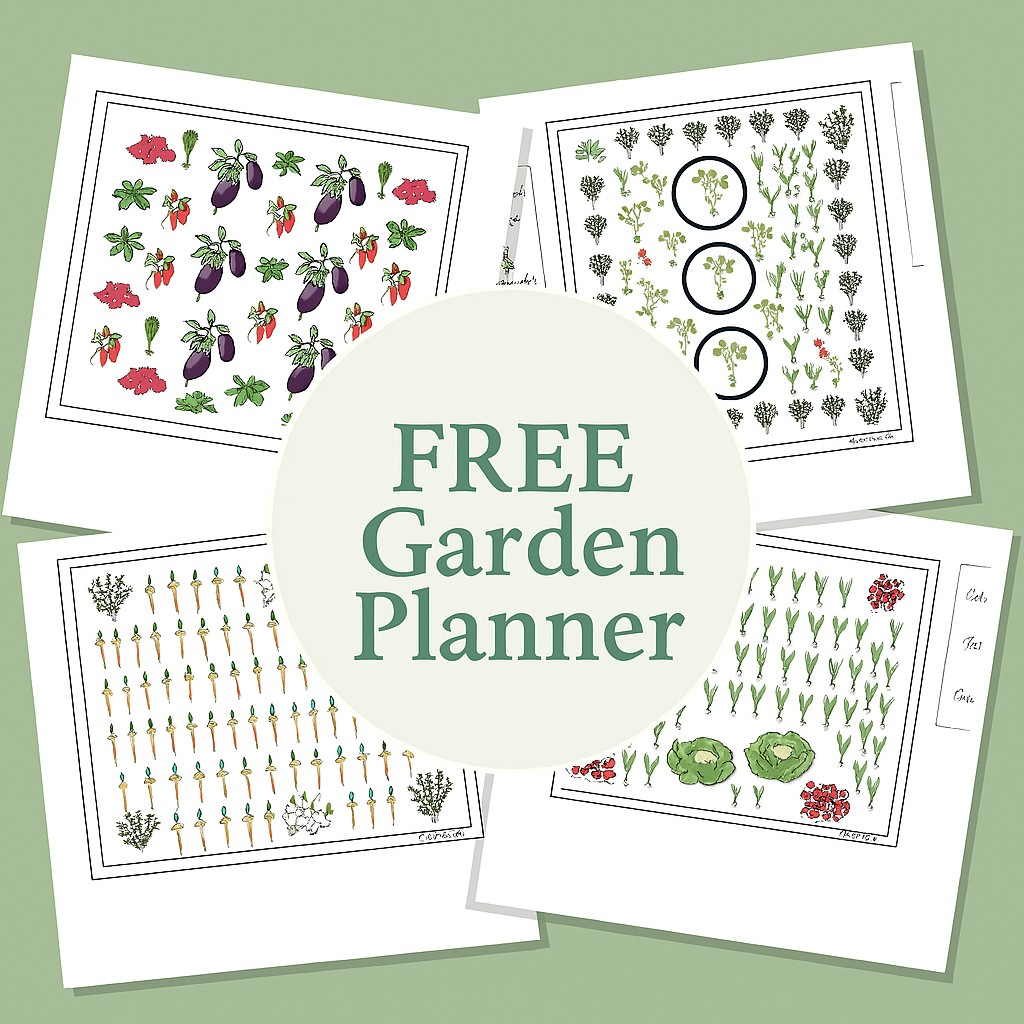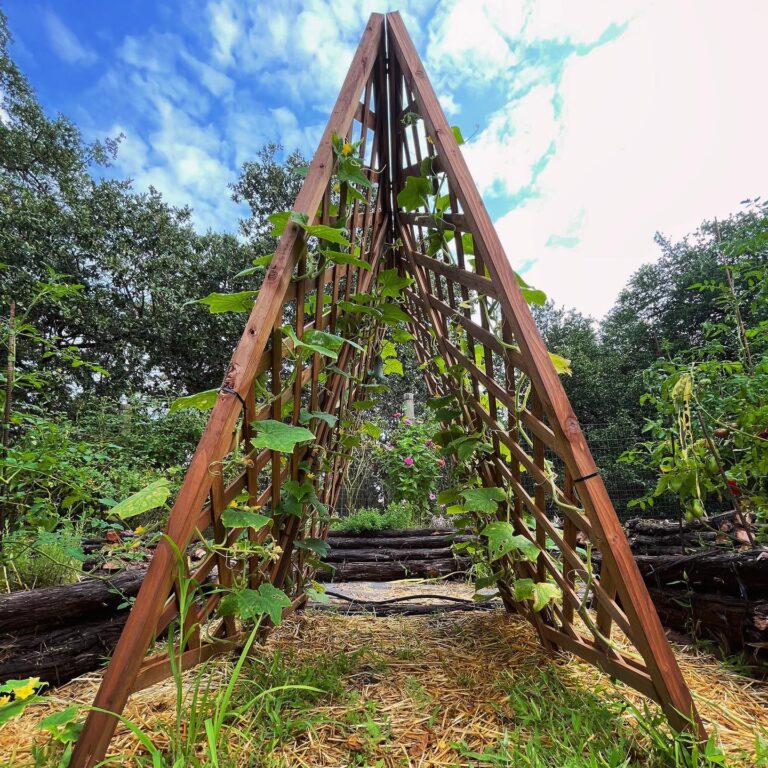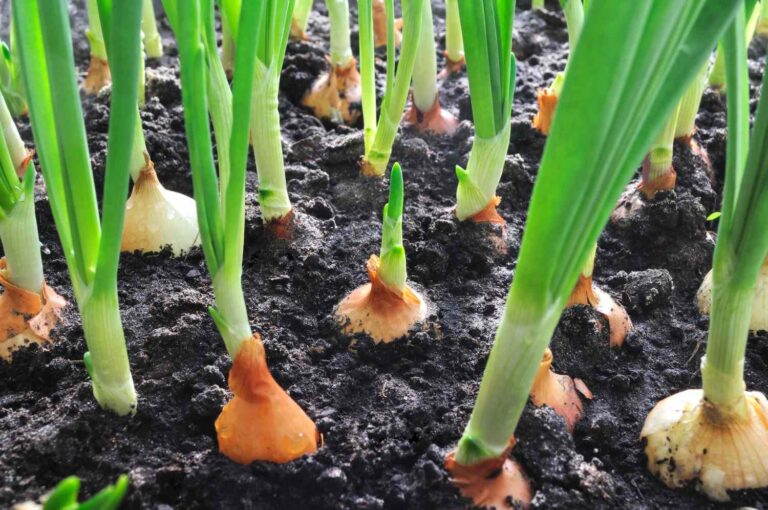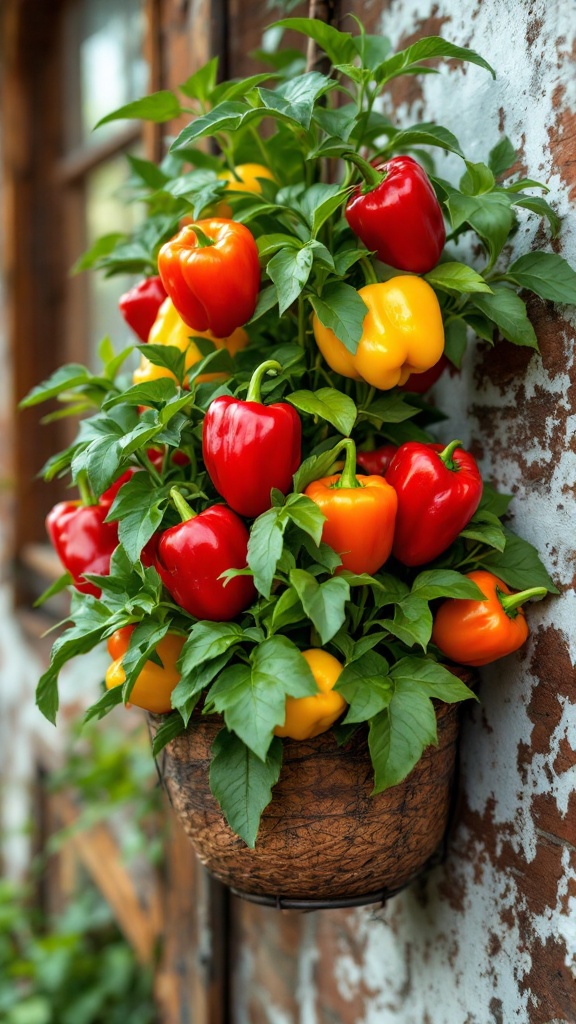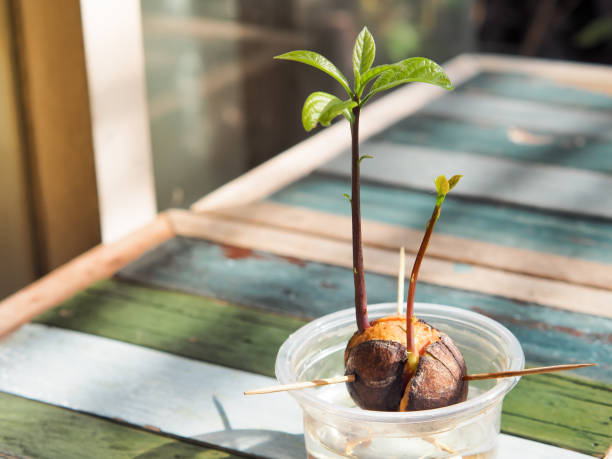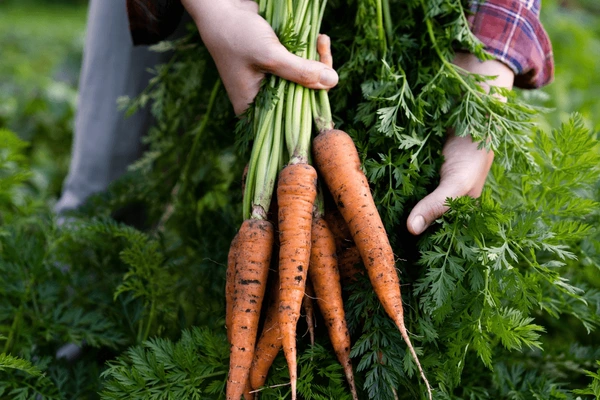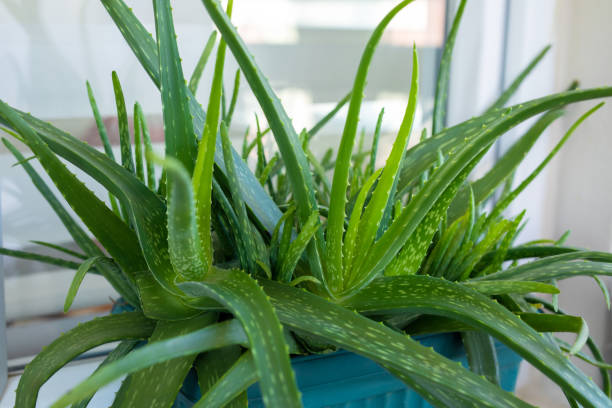Veggies and Flowers to Plant in August for Fall
If you’re staring down an empty garden bed in August thinking you’re too late—you’re not.
Not even close. The tail end of summer is one of the best times to set up your fall garden planting plans.
With the soil still warm and days just starting to shorten, certain veggies and flowers thrive in this transition season.
Let’s dig into some of the best fall crops and blooms that are happy to hit their stride in cooler weather.
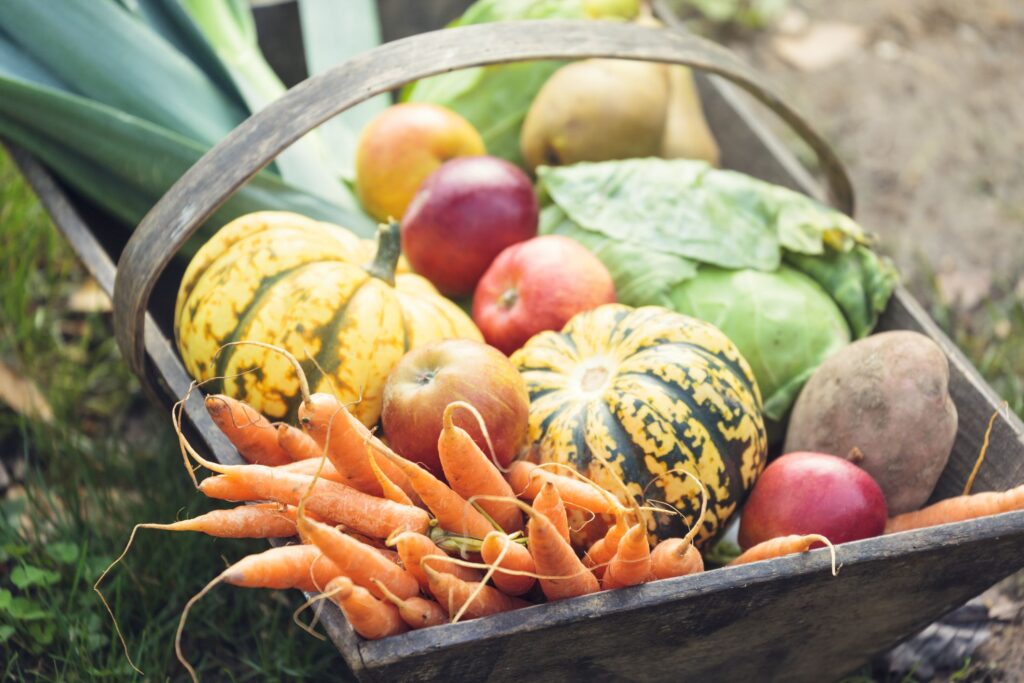
Vegetables to Plant in August
Beets
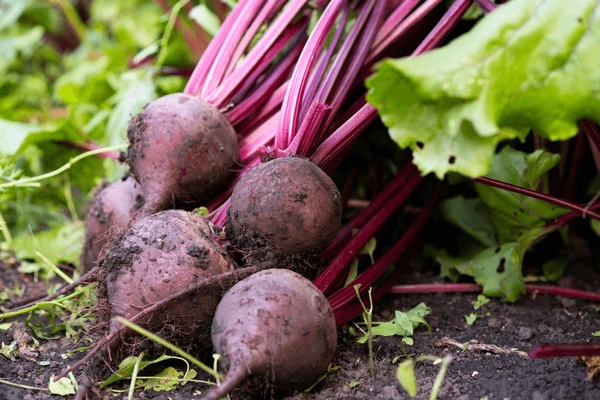
Beets love the cooler weather and don’t need loads of fuss. Just tuck them into well-drained soil, give them some steady moisture, and they’ll happily grow sweet, earthy roots.
Best part? You can eat the tops too—baby beet greens are great in salads.
Planting Tip: Direct sow in rows about 1/2 inch deep and thin to 3–4 inches apart once they sprout.
Time to Harvest: 50–60 days
Best For: Roasting, pickling, beet chips
Carrots
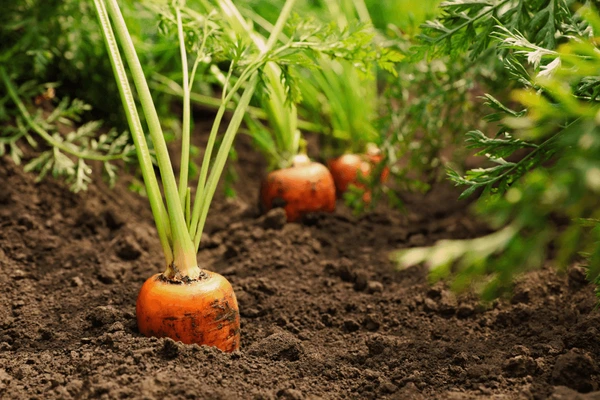
Carrots grown in fall tend to be sweeter—like nature’s candy. They take a while to germinate though, so patience is key.
Keep the soil evenly moist until they pop up.
Planting Tip: Sow seeds shallowly and keep the topsoil damp. Covering with a board can help during germination.
Time to Harvest: 60–80 days
Best For: Juicing, stews, snacking raw
Radishes
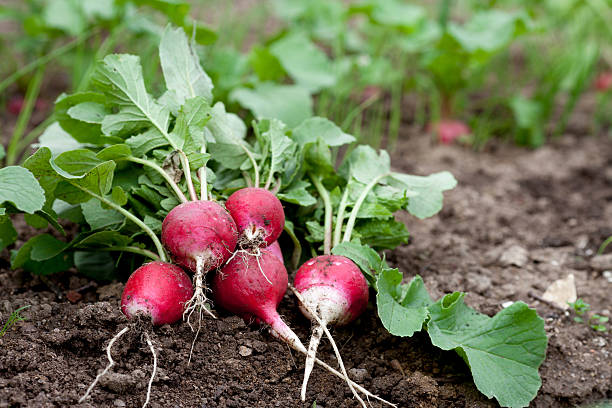
If you’re looking for instant gratification, radishes are your go-to. These little guys sprout fast and can be ready to eat in under a month.
Planting Tip: Sow directly, spacing seeds 1 inch apart. Thin to 2 inches after sprouting.
Time to Harvest: 20–30 days
Best For: Quick salads, sandwiches, garden snacking
Turnips
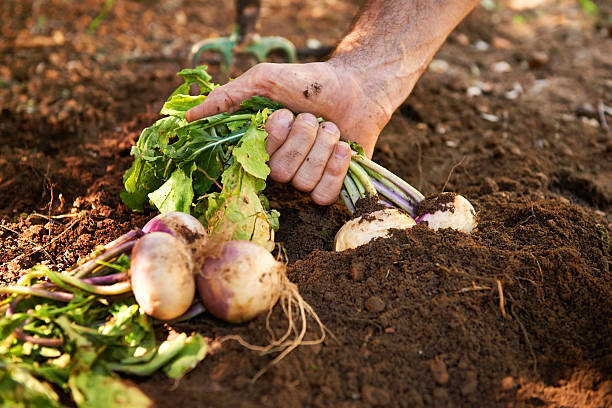
Turnips don’t get enough love, but they’re hearty, productive, and both the roots and greens are edible. Plant now for a late-season haul.
Planting Tip: Sow directly into garden beds and thin seedlings to 4 inches apart.
Time to Harvest: 40–60 days
Best For: Mashing, roasting, soups
Spinach
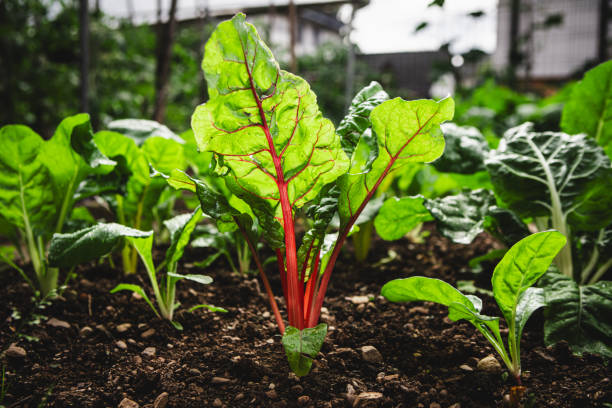
Spinach prefers cooler temps and can bolt in summer, but late summer into fall? Perfect. Plant it thickly and harvest leaves as needed.
Planting Tip: Sow in rows or blocks and keep moist. Can handle partial shade too.
Time to Harvest: 30–50 days
Best For: Smoothies, sautés, fresh salads
Lettuce
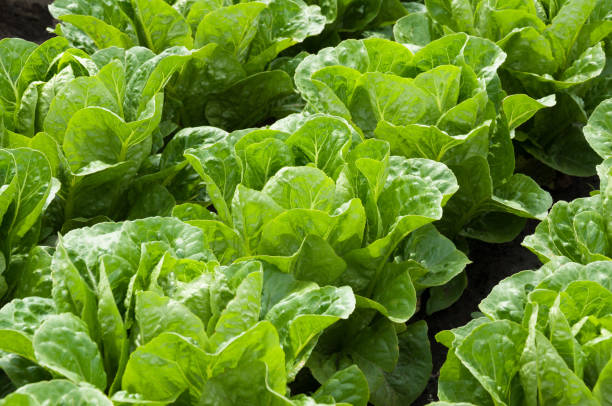
Loose-leaf lettuces are great for fall. They’re quick to mature and can be harvested leaf by leaf for a longer picking window.
Planting Tip: Plant in partial shade if you’re in a warm zone. Water often to keep leaves tender.
Time to Harvest: 30–40 days
Best For: Salads, wraps, sandwich greens
Kale
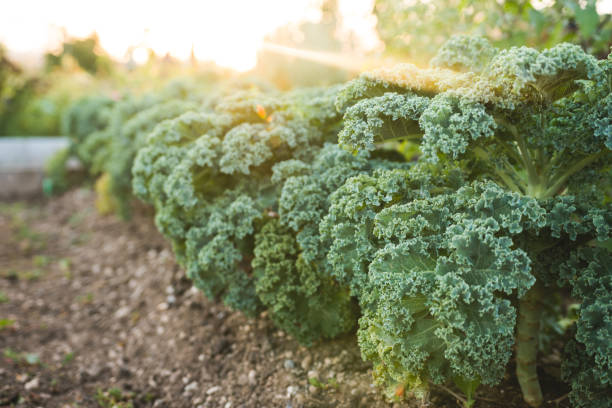
One of the hardiest greens around. Kale actually gets sweeter after a frost, making it ideal for fall planting.
Planting Tip: Sow directly or transplant starts. Space about 12–18 inches apart.
Time to Harvest: 55–75 days
Best For: Chips, soups, sautéed greens
Swiss Chard
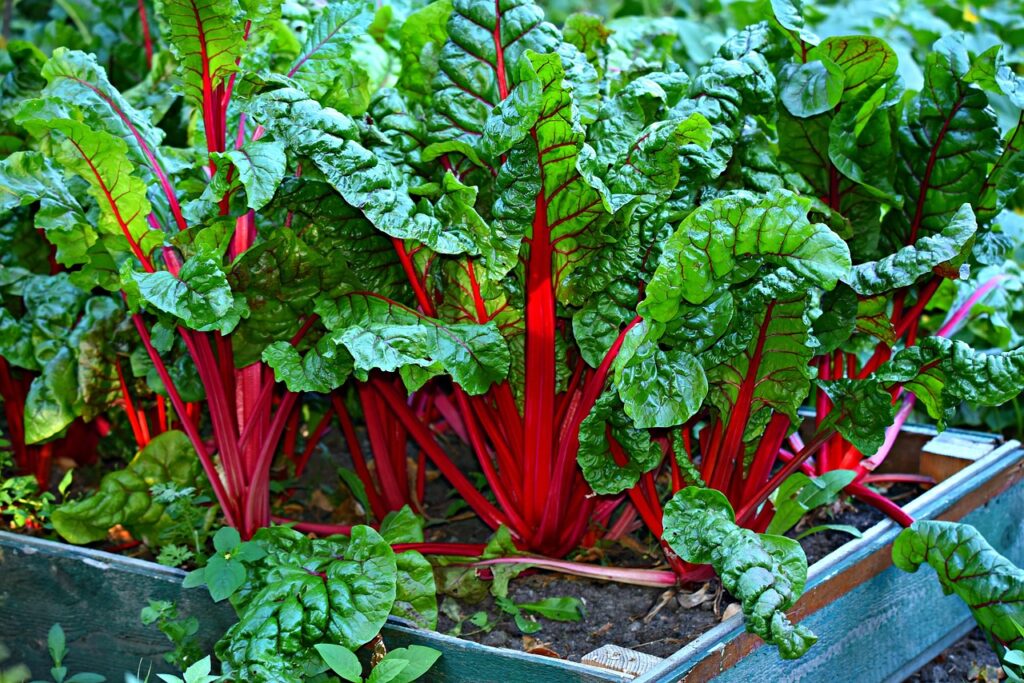
Chard doesn’t mind the cold, and its rainbow stems can brighten up any fall garden. It’s a two-in-one: decorative and delicious.
Planting Tip: Sow directly and thin to 6–8 inches apart. Likes well-drained, rich soil.
Time to Harvest: 50–60 days
Best For: Stir-fries, omelets, lasagna layers
Broccoli
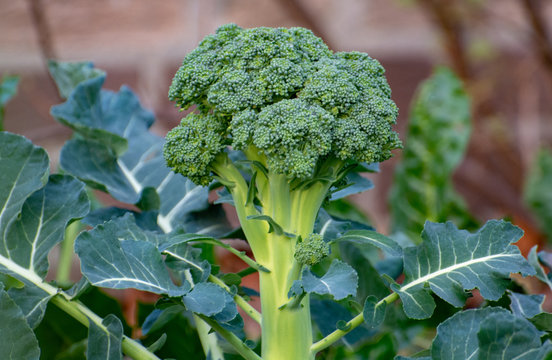
Broccoli planted in August can mature in late fall or even early winter in mild zones. It needs rich soil and a good dose of patience.
Planting Tip: Start from transplants if possible. Needs consistent water and cooler temps to form heads.
Time to Harvest: 70–100 days
Best For: Roasting, casseroles, creamy soups
Cabbage
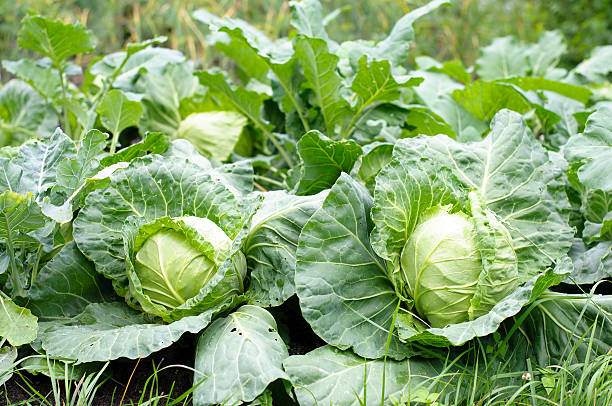
Cabbage doesn’t like heat, but plant it now and it’ll thrive as the temperatures drop. Perfect for slaws and ferments.
Planting Tip: Use starts if you can. Space about 12–18 inches apart and mulch well.
Time to Harvest: 60–90 days
Best For: Sauerkraut, slaws, stews
Flowers to Plant in August
Pansies
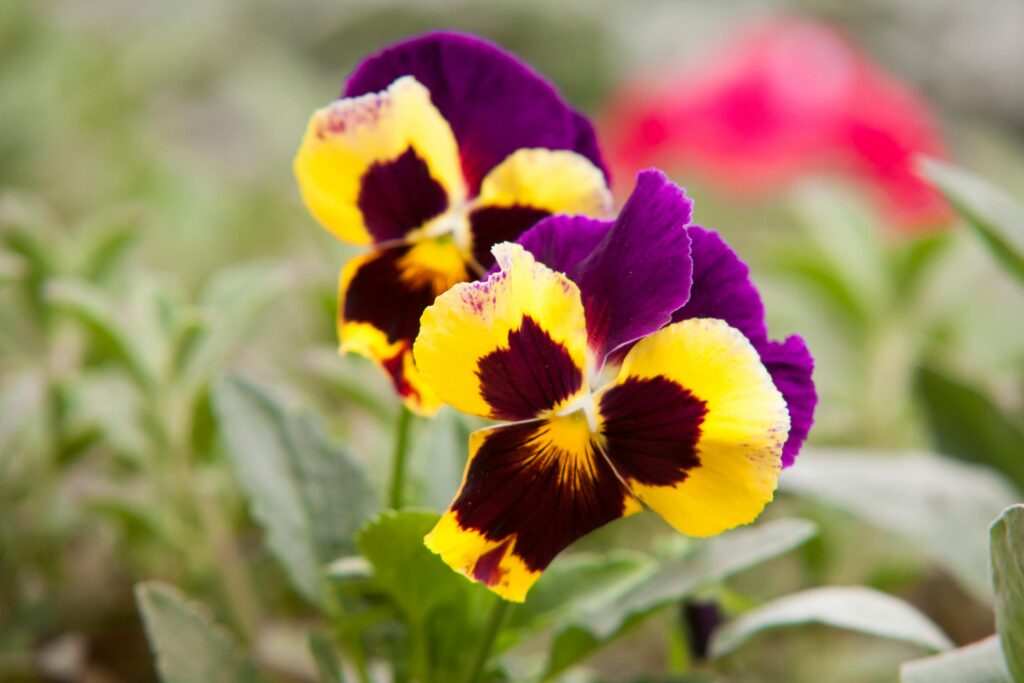
Pansies are frost-tolerant and give you that early autumn color boost. They’ll even bloom into winter in milder climates.
Planting Tip: Space 6–8 inches apart in well-drained soil. Great in containers too.
Colors: Purples, yellows, whites, bi-color blends
Best Use: Front borders, porch planters
Violas
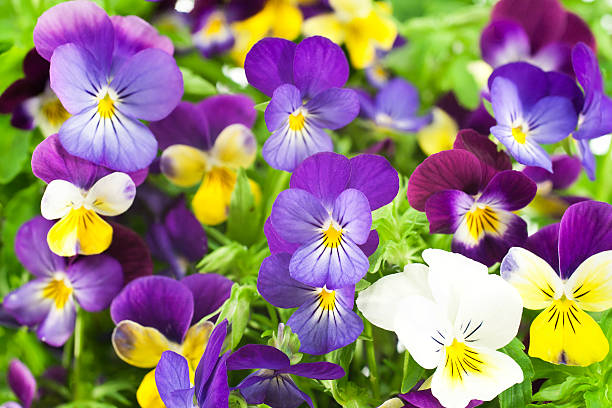
Smaller than pansies but just as tough. Violas are brilliant for edging paths or packing into window boxes for fall charm.
Planting Tip: Same care as pansies—deadhead to keep the flowers coming.
Colors: Deep blue, lavender, cream
Best Use: Window boxes, cottage-style borders
Calendula
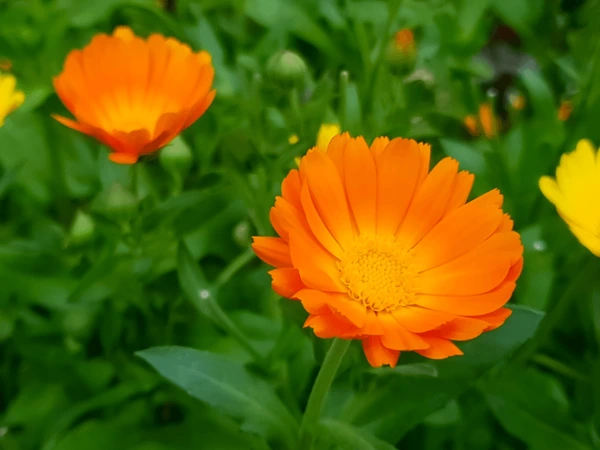
Calendula, also known as pot marigold, brings bright orange and yellow to your autumn garden. Bonus: it’s edible and medicinal.
Planting Tip: Direct sow or transplant into sunny spots. Pinch early for bushier plants.
Colors: Warm golds and oranges
Best Use: Herb gardens, edible flower beds
Snapdragons
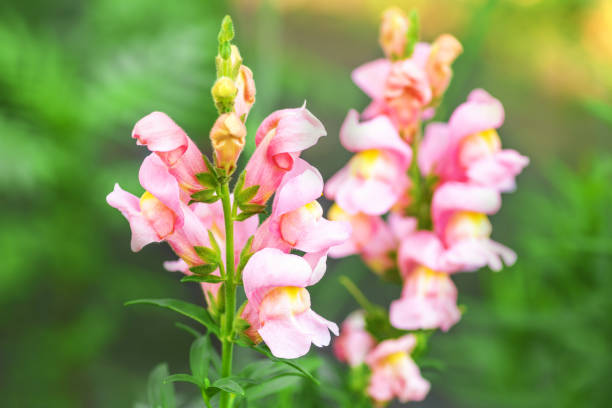
These tall spikes of color keep blooming into the chilly months, especially if you get a mild fall.
Planting Tip: Use transplants if you’re late. Likes full sun and regular watering.
Colors: Pinks, reds, whites, yellows
Best Use: Cutting garden, borders
Chrysanthemums (Mums)
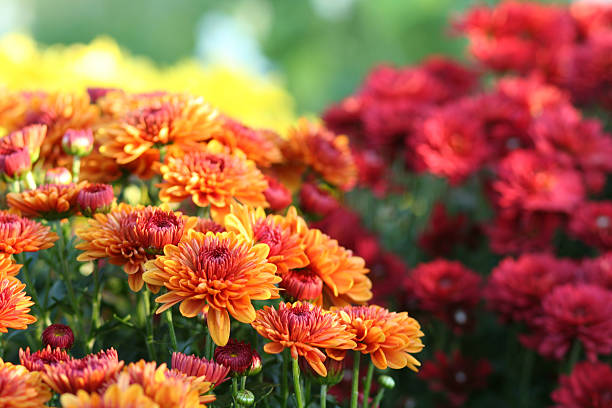
The classic fall flower. Chrysanthemums bring instant autumn flair and come in just about every warm color you can imagine.
Planting Tip: Choose hardy mums for longer life. Water deeply and pinch back once early in growth.
Colors: Rust, red, orange, yellow, white
Best Use: Porch pots, mass plantings, entry decor
If you’ve been holding off thinking fall gardening is too tricky, I promise—it’s actually easier. The bugs chill out, the sun doesn’t scorch everything, and the crops? Oh, they thrive.
Whether you’re after bowls full of greens or just want to keep a few bright blooms outside the kitchen window, August is your golden opportunity.
